S nástupem moderní medicíny se však většina těchto znalostí dostala do pozadí, což vedlo k opomíjení a hanobení těchto tradičních postupů. S rozvíjející se renesancí psychedelické medicíny jsme však svědky nejen obnovy léčitelství založeného na rostlinách, ale také znovuobjevení kdysi uznávaných léčitelek.

Mezinárodní den žen: března: Oslava úspěchů a rovnosti 8. března
Mezinárodní den žen připomíná hnutí za práva žen a oslavuje sociální, ekonomické, kulturní a politické úspěchy žen. Jeho historie sahá až do roku 1911, kdy byl v několika zemích poprvé slaven. Tento den připomíná, že je třeba usilovat o skutečnou rovnost, kdy jsou všichni jedinci bez ohledu na pohlaví oceňováni a respektováni za svůj jedinečný přínos.
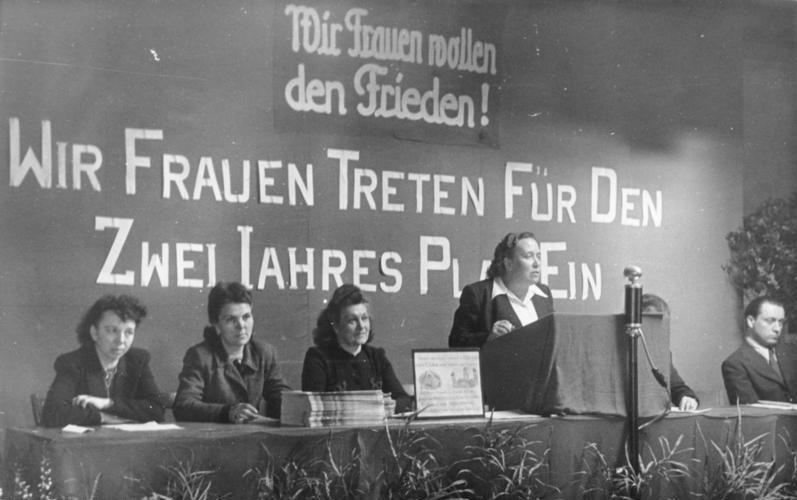
Psychedelika a obnovení starověkého léčitelství
V současné době se stále větší pozornost věnuje psychedelickému léčení, což otevírá cestu k přehodnocení moderní medicíny. S tím, jak se v západní kultuře rozmáhá užívání psychedelik, jako jsou například magické houby, se nejen znovu spojujeme s minulými léčebnými tradicemi, ale také čerpáme z moudrosti domorodých kultur.
Znovuobnovení psychedelických terapií nabízí kruhový a hluboký terapeutický proces, který řeší základní příčiny problémů, a to jak fyzických, tak duchovních. Posiluje postavení pacientů, dává jim aktivní roli na jejich cestě k uzdravení a navrací jim pocit vlastní iniciativy.
Psychedelické léčení a odkaz žen
Psychoaktivní rostliny se v různých kulturách již dlouho používají k léčení, duchovnímu spojení, terapii a léčbě. Například Aztékové zahrnovali posvátné psychedelické houby do svých náboženských obřadů a rituálů, zatímco původní mexické komunity využívaly tyto houby pro jejich léčivé vlastnosti a často vyhledávaly rady curanderas a curanderos neboli čarodějnic a šamanů.
Podobně v Asii byly šamanky pověřeny podáváním rostlinných léků. V Číně byly Wu léčitelky, které uměly léčit, věštit, vykládat sny a dokonce i vymítat. V Indonésii byly většinou šamanky známé jako dukun, belian nebo wadian, které se zabývaly léčením, bylinkářstvím a magií.
Zajímavé je, že západní kultury v minulosti označovaly léčitelky jako "čarodějnice". Je však nutné si uvědomit, že mezi "čarodějnictvím" a šamanismem existuje mnoho společných rysů a překryvů, zejména pokud jde o jejich znalost rostlinné medicíny.

Ženy a psychedelické léčení
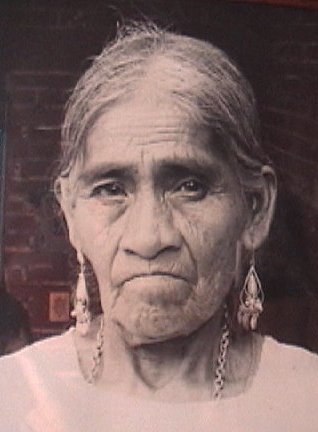
Úplná historie žen a přírodních psychedelických léčebných procesů je samozřejmě složitá, rozsáhlá a částečně skrytá. Zde však podáme lil' přehled jejího odkazu.
Psychoaktivní rostliny se již od starověku používají jako nástroj pro léčení, duchovní spojení, terapii a medicínu. Aztékové používali posvátné psychedelické houby při svých náboženských obřadech a rituálech a původní obyvatelé Mexika používali tytéž houby k léčení lidí. Tyto houby se obvykle používaly curanderas a curanderos. V překladu to znamená. čarodějnice a šamani.
V Asii podávaly rostlinné léky šamanky. V Číně žily Wu - léčitelky, které léčily, věštily, vykládaly sny, a dokonce prováděly exorcismus. V Indonésii byla většina šamanů ženského pohlaví a říkalo se jim dukun, belian nebo wadian. Zabývaly se léčitelstvím, bylinkářstvím a magií.
Čarodějnice a šamani: Šamani a čarodějky: propojení větší, než byste si mysleli
Západní kultury v minulosti označovaly léčitelky za "čarodějnice". Je jisté, že mezi "čarodějnictvím" a šamanismem existuje mnoho křížení a podobností, pokud jde o léčbu a znalosti založené na rostlinách. V raně novověké evropské kultuře byly ženy, které měly stejné zvláštní znalosti o využití rostlin a bylin a uměly připravovat masti a léky, označovány za čarodějnice.
Na rozdíl od šamanů však neexistují jasné důkazy o tom, že by "čarodějnice" vyvolávaly změněné stavy vědomí jako šamani. Je pravděpodobné, že jakékoli záznamy o takových věcech byly ztraceny nebo potlačeny. Přesto existuje mnoho spekulací a teorií o tom, zda čarodějnice požívaly nebo podávaly psychoaktivní látky, či nikoli.
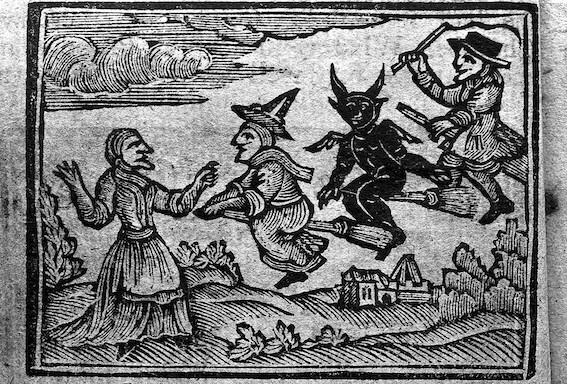
Je známo, že rostliny, které čarodějnice používaly v evropském středověku, mají účinky na poznání i fyziologii pacienta. "Létací mast" nebo "čarodějnická mast" byly termíny používané pro označení řady různých lidových prostředků na bázi rostlin. Některé z těchto mastí měly údajně psychoaktivní účinky a používaly se k léčení.
Rostliny a byliny, které tyto ženy používaly do svých mastí a léků, byly často z čeledi Solanaceae. Patřily mezi ně belladonna, henbane a trnité jablko. Tyto rostliny obsahují alkaloidy atropin, skopolamin a hyoscyamin, které mohou mít psychoaktivní účinky. Tyto účinky by způsobovaly živé sny a vize.
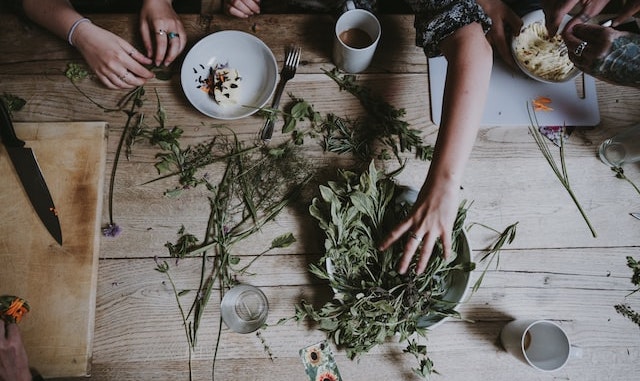
Posílení postavení žen v psychedelickém léčení
V posledních letech došlo k výraznému nárůstu aktivní účasti žen v oblasti psychedelického léčení. Ženy se jako léčitelky, terapeutky a praktikantky znovu ujímají svých odvěkých rolí pečovatelek a léčitelek. Stojí v čele obhajoby holistických a na přírodě založených přístupů k léčení.
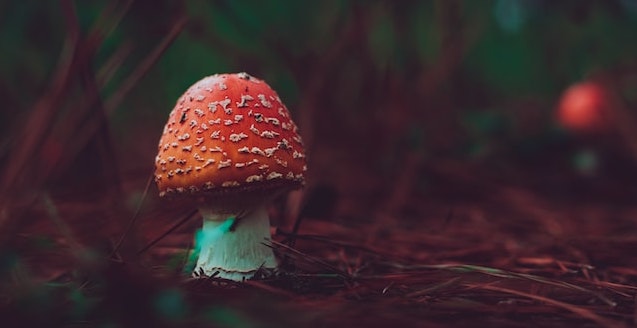
Tyto novodobé Medicine Women budují komunity a organizace, které upřednostňují roli žen a jejich přínos k psychedelickému léčení. Jejich kolektivní moudrost, sdílené zkušenosti a jedinečné perspektivy dodávají psychedelické renesanci hloubku a inkluzivitu.
Cesta k pečující budoucnosti
Při příležitosti Mezinárodního dne žen vyjadřujeme upřímné poděkování všem ženám, které utvářejí budoucnost psychedelického léčení. Společně si představujeme budoucnost, kde medicína zahrnuje rozmanitost a rovnost, kde je uznávána a oceňována hodnota každého jednotlivce a kde se všem lidem - bez ohledu na pohlaví - může harmonicky dařit.

Šťastný Mezinárodní den žen!





